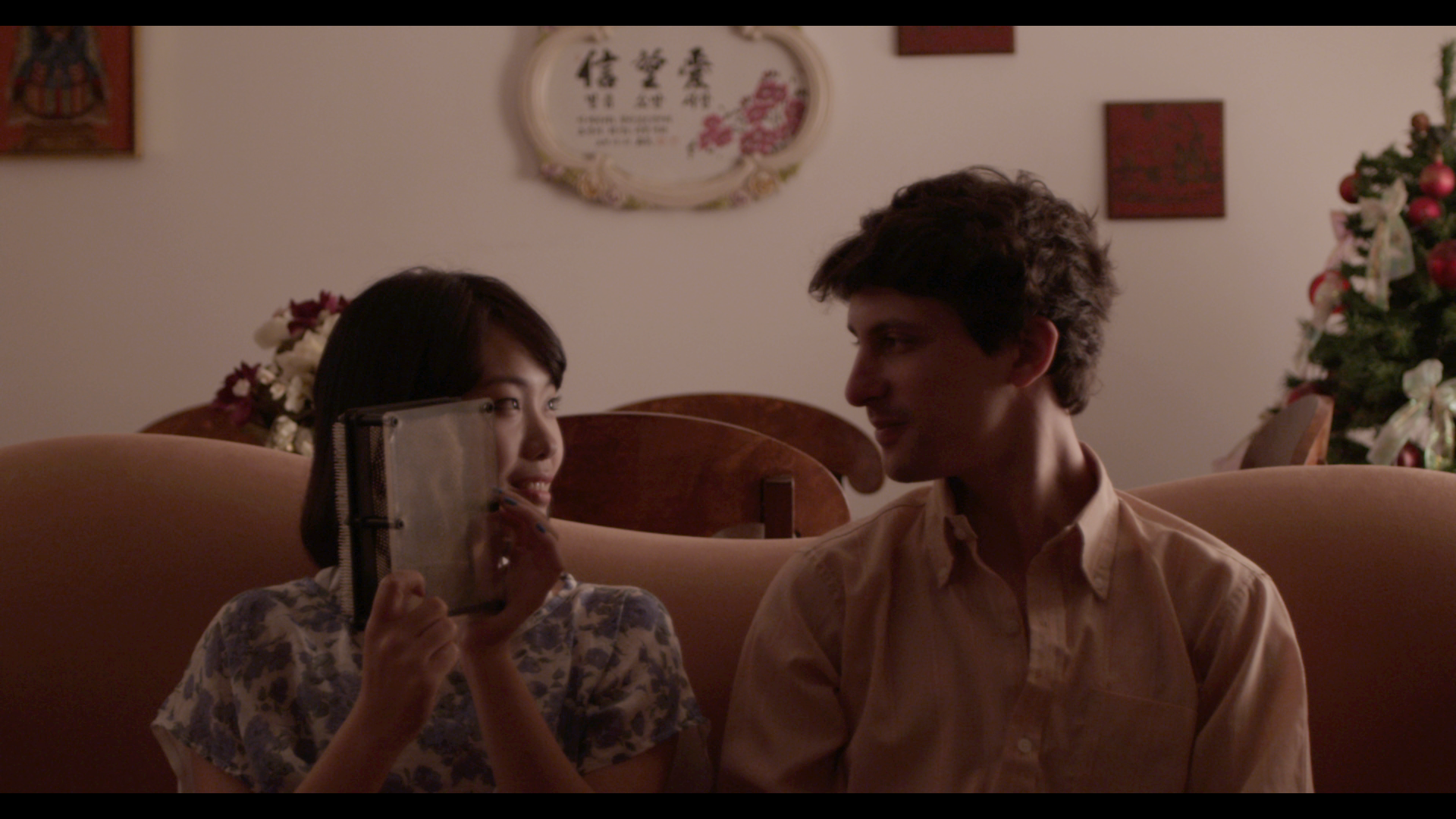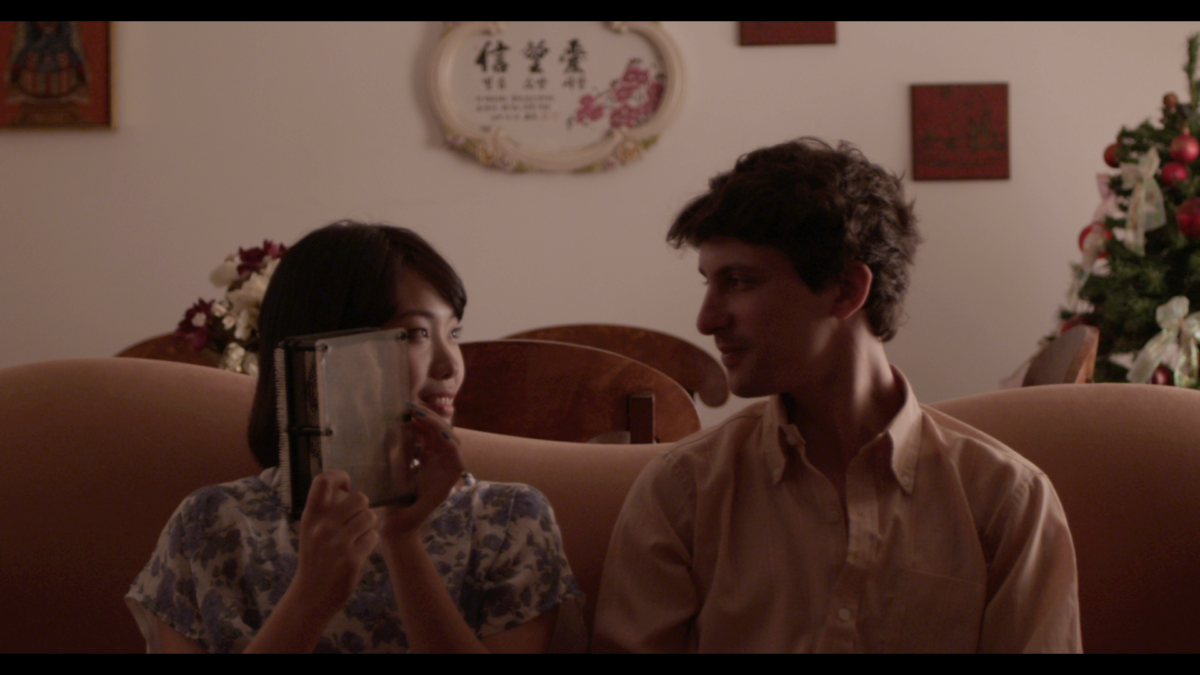
By Bingying (Emma) Yi
Globalization has already become a phenomenon since the end of last century. It brought flows of people, trade, and opportunities in this world as well as changed our culture and identity. As communication scholars Raka Shome and Radha S. Hegde said, “Globalization is not something that can be taken for granted,” it is not just a continuation of economic or cultural colonialism; rather, it blurs the boundary between self and difference (i.e. the “Other”) and reconstructs the power system in our society. Under this inevitable trend of economic and cultural collision, polyglot cinema (i.e. films that interacts in various languages and linguistic registers) produces significant meaning in contemporary film industry, since it is able to present the various ethnic groups in the globalized world.
Immigrant Films
Particularly, immigrant films, one of the five genres of polyglot cinema, plays a crucial role in portraying life of immigrants as a main subject on the screen. Not only does this kind of film provide visual images and social issues about immigrant groups, but also often confronts univocal media representation and stereotypes in the popular culture, where immigrants can hardly identify with those figures or values. In the post-colonial context, some immigrant films try to express the minority identity of immigrants and their marginalized position in the country in order to cause the attention of the government and the society. For instance, D 4 DELIVERY (2007), a film that shown in the 30th Annual Asian American International Film Festival, tells a story about a restaurant delivery guy of Chinese origin born in Venezuela getting heavily beaten by hooligans in New York City. He felt desperate about his identity as he was thinking, “where do I fit in? … I didn’t choose this face.” Indeed, many immigrants come to America to pursue the so-called “American Dream,” but they finally find there is no place for them in this country. On the contrary, some other immigrant films attempt to arouse the consciousness of the virtues these immigrants lost during the migration. In DIM SUM FUNERAL (2008), after the well-planed funeral by their mother, four daughters and sons (all are American-born Chinese) started to appreciate Chinese traditional culture including filial piety and harmony which they had an aversion to before, although all of them have good jobs and substantial income in such a western developed country.
Just like these immigrant films, LA SALADA (2014) deals with cultural issues of immigrants in Argentina. As an Argentinean director of Taiwanese descent, Juán Martín Hsu infuses his own cultural background and experiences into this film, since he is able to understand and resonate with these immigrants’ position. By setting the film background in La Salada, which is recognized as the largest black market in Latin America and run by not-so-wealthy immigrants and locals (mostly working class), Hsu seems to focus on the marginality of immigrants that these people are not only the cultural but also the economic minority. The protagonists in this film either work for textile and clothing factory or sell pirated DVD at La Salada. Specifically, the dim light and ropey furniture in Huang’s apartment have rendered his awful living conditions and great solitude.
Cultural Hybridity and “Third Space”
However, LA SALADA does not solely portray immigrants as the “Other,” nor does it confirm or deny any specific cultural values as DIM SUM FUNERAL did. Instead, it presents a new identity that contains internal struggles, culture crashes and opposite ethical views through Hsu’s objective long shots and scenery shots. According to Homi Bhabha’s studies, we may call it “hybridization,” which leads to an open culture whose boundaries are not fixed or defined but flexible. Rather than make binary opposition like mainstream/marginalization, Western/Eastern, dominant group/nondominant group, Bhabha insists that “neither the One nor the Other but something else besides”- a culture is produced from the intercultural boundaries and a new identity grows from these boundaries, which is called “cultural hybridity.” Thus, we begin to understand why there seems to be two personalities in Yunjin’s body: she talks to her father like a subordinate because she was following the rule of high power distance in Korea, while she behaves like an Argentinean to other people because she grew up there and has the same cultural values as other locals. She doesn’t fit in both cultures, but she creates a new hybrid culture for her own.
As a consequence, Bhabha points out that there is a “Third Space” besides the First Space (i.e. physical space) and the Second Space (i.e. spiritual space). The “Third Space,” in Bhabha’s The Location of Culture, is a liminal space where the “cutting edge of translation and negotiation” between the colonizer and the colonized is to be found. In LA SALADA, the three related stories of Asian (Taiwanese and Korean) and Bolivian immigrants in Argentina have constructed such a “third space.” Instead of focusing on their non-dominant position and cultural oppression as a foreigner, the film has paid more attention to those immigrants’ struggling feelings toward their identity, family and desires.
Although Yunjin admitted she is a Korean, she said, “but I don’t feel Korean.” She doesn’t hate her Korean identity; rather, she was willing to know more about her hometown as she hoped to get a flight ticket to Korea. Sometimes she is quite Korean when she cared about her father so much and married to a man her father arranged for her. On the other hand, her value is obviously more westernized when she followed her heart to sleep with another man after marriage instead of being conservative as other Asian girls. Her paradoxical hybrid identity lies in her compromise on both cultures: after her father found this affair, she took those traditional Korean wedding pictures again without escaping from this family. Similarly, Huang is also looking for his identity between different cultures. Dying his hair into blonde, it seems that he got confidence to talk to Angie (the woman he pursues) from becoming a man who looks more western. Home is also important to him: making phone calls with his mother is part of his life, although they didn’t have much to say. Huang also imagines Taiwan, his homeland: as he works at night, he holds the opinion that they share the same schedule.
Compared to these second-generation immigrants like Yunjin or Huang, the first-generation immigrants are more stubborn and stick-in-the-mud. Yunjin’s father, for example, is immersed in Korean culture and reluctant to change his habits in the new Argentinean culture. In terms of language, he barely spoke Spanish to local people and he didn’t care if they couldn’t understand. In addition to that, he was still obsessed with Korean tea, karaoke, Korean home decoration and most importantly, the way of thinking. He cried when he knew Yunjin’s affair, but he didn’t make reflection whether he did wrong and force the couple to take another set of wedding pictures after that.
The other main character is Bruno, a young Bolivian immigrant. Like the rest thousands of Bolivian immigrants in Argentina, he came for an undetermined reason at an early age, perhaps he was pushed to immigrate by his uncle. He works as a waiter in a Korean restaurant and a laborer in Yunjin father’s store. Besides his attraction to women, little is revealed about what he wants in this country. He is like the younger version of Yunjin’s father, serving as a foil to those characters struggling to find themselves in the liminality.
To summarize, the “Third Space” consists of all these main characters above rather than one single person or perspective. In the “Third Space,” everything is marginalized and nothing is binary. We find individualism in it, but collective values are also included. There are struggles, and there are compromises. The culture is an ongoing process in this contested space, and no one is trying to dominate the other. In the end of LA SALADA, Yunjin and the Argentinean put their faces on the mould frame respectively, and find it interesting that their faces were so different. Perhaps the mould frame symbolizes this diverse world and Hsu adopts this image to tell us that the symbiosis among different racial groups is possible. Their identity, then, is hybridized during the mould reconstruction.
Bingying Yi is currently a graduate student majoring in Digital & Interdisciplinary Art Practice at City College of New York. Having educational backgrounds in film literature at Capital Normal University in China as well as communication studies at University of Alabama she is familiar with both American and Chinese cultures and obsessed with lens and screen arts.

